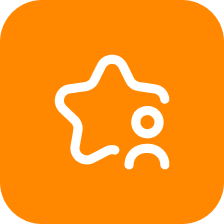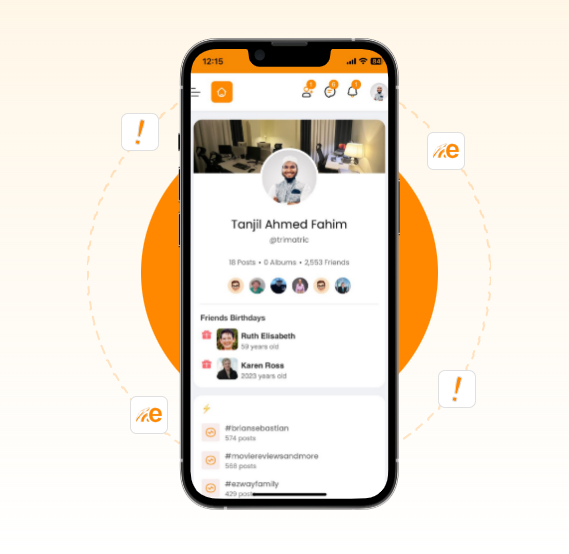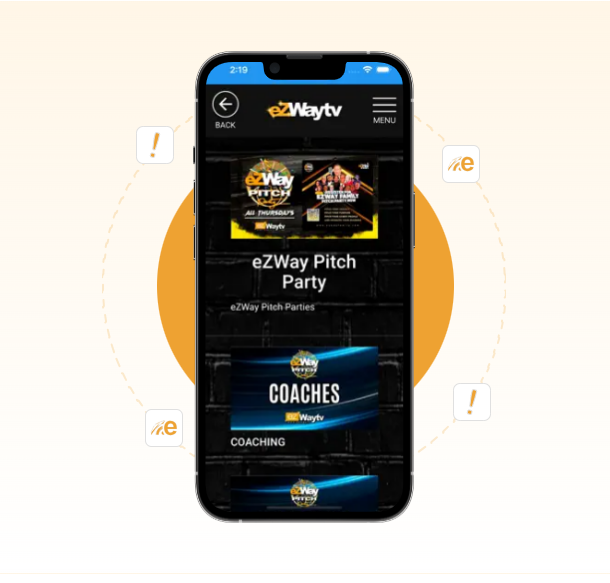In today’s digital landscape, the proliferation of free applications has transformed how users interact with technology. Platforms like download astrall plikon application exemplify the modern approach to app development—prioritizing accessibility and user engagement. As consumers increasingly choose free options, understanding the mechanisms behind their decisions becomes essential for developers, educators, and users alike.
Table of Contents
- Introduction: Understanding User Choices in the Digital Economy
- The Economics of Free Apps: How They Generate Revenue
- User Engagement Strategies in Free Apps
- Psychological Factors Driving User Choices
- The Role of Platform Features and Innovations
- Case Studies: Analyzing Specific Free Apps and Their Impact on User Behavior
- Ethical Considerations and User Autonomy
- Future Trends and Implications
- Conclusion: Navigating User Choices in the Free App Ecosystem
1. Introduction: Understanding User Choices in the Digital Economy
The rise of free applications on platforms like название has dramatically shifted consumer behavior. Users are now more inclined to download and try free apps due to their accessibility, often perceiving them as low-risk options. This trend underscores the importance of decision-making in app engagement, where users weigh perceived value against potential costs, whether monetary or time-related.
Educationally, analyzing how free apps influence user choices reveals insights into the broader digital economy. It demonstrates how psychological, technological, and business factors intertwine to shape behaviors, ultimately impacting monetization strategies and user experience design.
2. The Economics of Free Apps: How They Generate Revenue
Free apps typically rely on diverse business models to sustain their operations. The most common include:
- Advertising: Displaying ads to users generates revenue based on impressions or clicks.
- In-app Purchases: Offering virtual goods or premium features encourages spending within the app.
- Subscriptions: Providing ongoing content or services for a recurring fee.
In-app purchases are particularly influential—they can significantly shape user engagement and spending habits. For example, a gaming app might offer virtual currency or special items, enticing users to invest real money to enhance their experience.
Consider Pokémon GO, which achieved remarkable early revenue success primarily through in-app purchases, allowing players to buy items that improve gameplay. This strategy illustrates how understanding user psychology and offering perceived value can lead to substantial monetization.
| Business Model | Revenue Source | Example |
|---|---|---|
| Advertising | Impressions and clicks | Facebook, TikTok |
| In-app Purchases | Virtual goods, upgrades | Clash of Clans, Pokémon GO |
| Subscriptions | Recurring access to content | Spotify, Netflix |
3. User Engagement Strategies in Free Apps
Developers employ various tactics to sustain user interest and influence decision-making within free apps. Gamification, for instance, integrates game-like elements such as points, badges, and leaderboards to motivate continued use. This approach taps into intrinsic motivation, encouraging users to engage more deeply.
Features like Apple’s App Clips exemplify how seamless experiences can guide user behavior. These lightweight versions of apps offer quick access to core functionalities without full downloads, increasing the likelihood of immediate engagement and decision-making.
Educational content embedded within apps also plays a vital role. For example, language learning apps that provide free lessons attract users initially, but strategic content placement encourages ongoing participation and potential monetization through premium features.
Ultimately, combining gamification, seamless functionality, and valuable content creates an environment where users are more likely to make choices aligned with developers’ monetization goals.
“Effective engagement strategies leverage psychological triggers, making users feel rewarded and motivated to continue interacting with the app.”
4. Psychological Factors Driving User Choices
The psychology behind user decisions in free apps involves reward systems and social sharing. When users receive tangible rewards—such as badges, points, or virtual goods—they experience a sense of achievement that reinforces continued engagement.
Social sharing features also influence choices. Sharing achievements or inviting friends creates a social identity linked to the app, increasing commitment and the likelihood of spending money on personalized or exclusive content.
Immediate access to features through tools like App Clips makes it easier for users to experience value quickly. This convenience reduces hesitation, encouraging spontaneous decisions—whether to explore, purchase, or share.
From a psychological perspective, perceived value and initial commitment play critical roles. Users often feel more inclined to invest time or money when they perceive a high benefit-to-cost ratio, especially when the process feels effortless.
Understanding these factors allows developers to craft experiences that subtly guide user choices while respecting autonomy.
5. The Role of Platform Features and Innovations
Platform-specific features significantly influence user behavior. For example, Apple’s App Clips and Android’s instant apps enable users to try functionalities without full downloads, reducing barriers and promoting engagement.
Modern app functionalities—such as augmented reality, personalized notifications, and seamless payment integrations—shape user expectations. Apps that incorporate these features often see increased decision-making efficiency and higher retention rates.
For instance, many apps on the Google Play Store utilize innovative features like instant app experiences or integrated payment systems to influence user choices positively, making the decision to engage or purchase more intuitive.
These technological advancements not only enhance usability but also subtly steer users toward desired actions, aligning with the strategic goals of developers.
6. Case Studies: Analyzing Specific Free Apps and Their Impact on User Behavior
a. Pokémon GO: User Engagement, Monetization, and Behavioral Influence
Pokémon GO exemplifies how augmented reality and social features can drive massive user engagement. Its monetization relies heavily on in-app purchases for items like PokéCoins, which enhance gameplay. The game’s design encourages exploration and social interaction, shaping user behavior towards ongoing participation and spending.
b. Google Play Store Educational Apps: How Free Access Influences Learning Choices
Many educational apps offered freely on the Google Play Store attract users by providing valuable content at no initial cost. This free access lowers barriers to learning, but developers often incorporate premium features or subscriptions to sustain revenue. The exposure gained through free content influences users to consider paid upgrades as valuable extensions of their learning journey.
c. Other Notable Examples
Apps like TikTok and Spotify utilize personalized feeds and social sharing to influence user choices constantly. Their success shows how combining innovative features with psychological engagement tactics can effectively shape user behavior in the free app ecosystem.
7. Ethical Considerations and User Autonomy
While influencing user choices is a core part of app design, there is a fine line between guidance and manipulation. Transparency about monetization strategies and giving users control over their data and preferences are essential for ethical development.
Developers must balance business objectives with user rights, ensuring that engagement tactics do not exploit cognitive biases unfairly. Platform policies increasingly emphasize transparency, encouraging responsible innovation.
As users become more aware of these tactics, their ability to make informed decisions improves—highlighting the importance of education in digital literacy.
8. Future Trends and Implications
Advances in data analytics and artificial intelligence will enable more personalized user experiences, further influencing decisions subtly. As apps become smarter, their ability to predict and shape user preferences will grow, raising questions about autonomy and consent.
Preparing users involves fostering digital literacy, helping them recognize persuasive tactics and make informed choices. Platforms like download astrall plikon application demonstrate how modern tools can empower users with better understanding and control over their digital interactions.
Ultimately, transparency, education, and ethical design will be crucial in navigating this evolving landscape.
9. Conclusion: Navigating User Choices in the Free App Ecosystem
Free apps leverage a complex array of techniques—from business models and engagement strategies to psychological insights and technological innovations—to influence user decisions. Recognizing these mechanisms enables users to make more conscious choices and encourages developers to adopt responsible practices.
As the digital economy continues to evolve, fostering awareness and promoting ethical development will ensure that user autonomy remains protected in a landscape dominated by free applications.
Staying informed and critical about app design features is key to maintaining control over your digital experience.






















